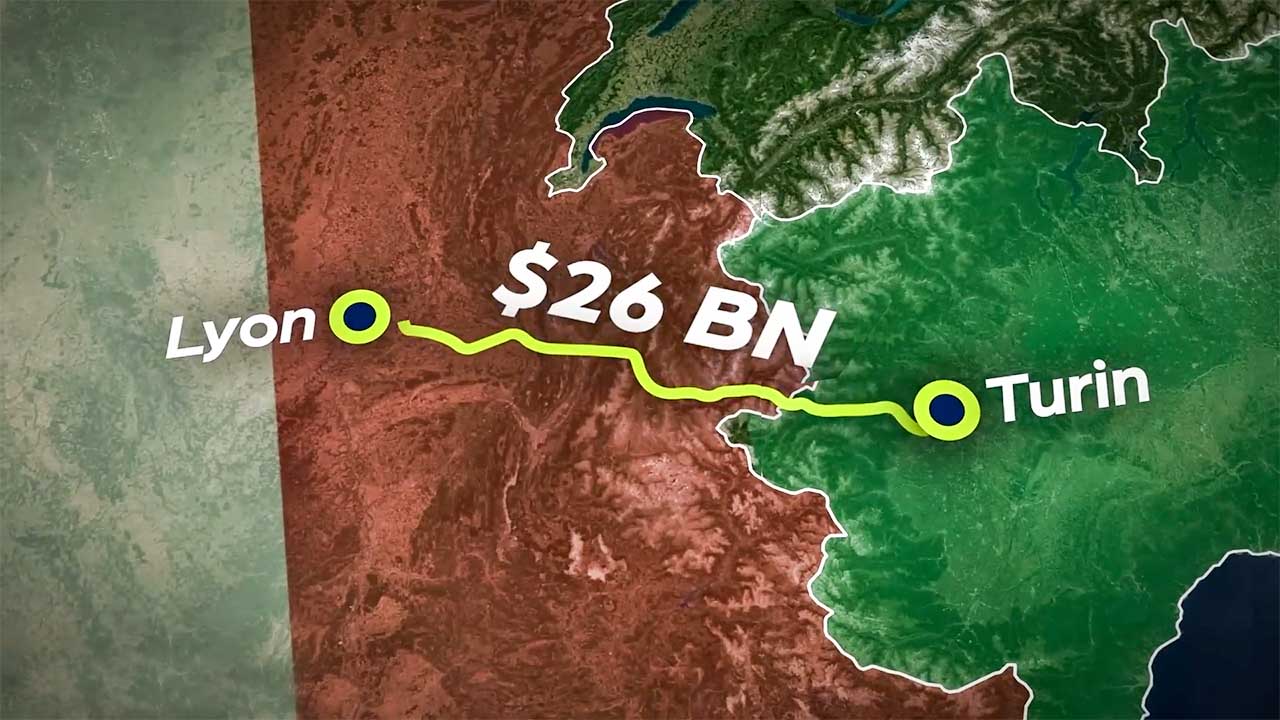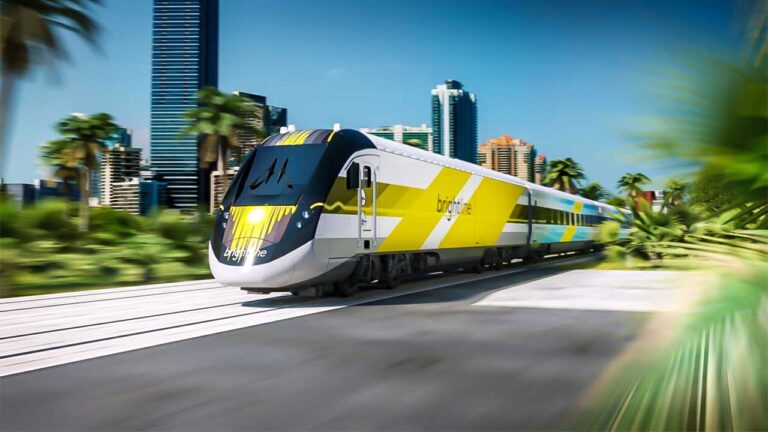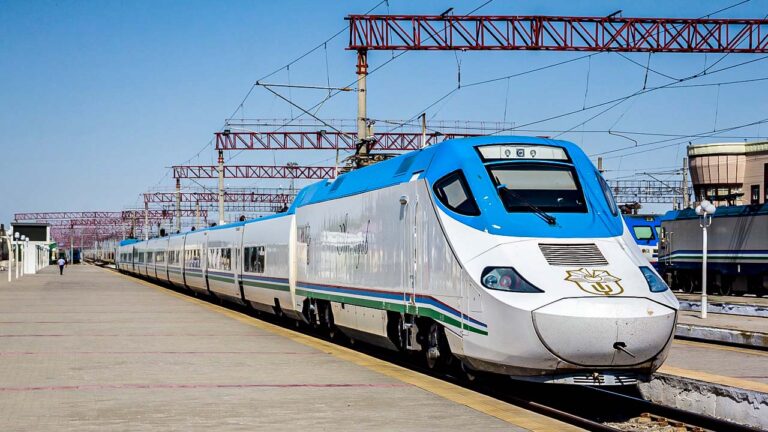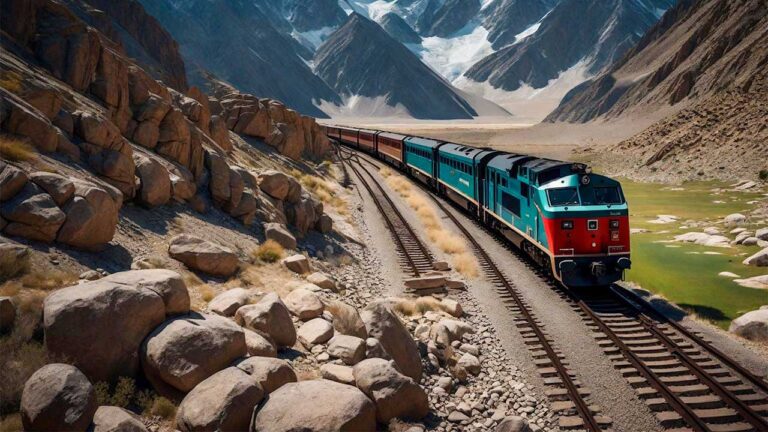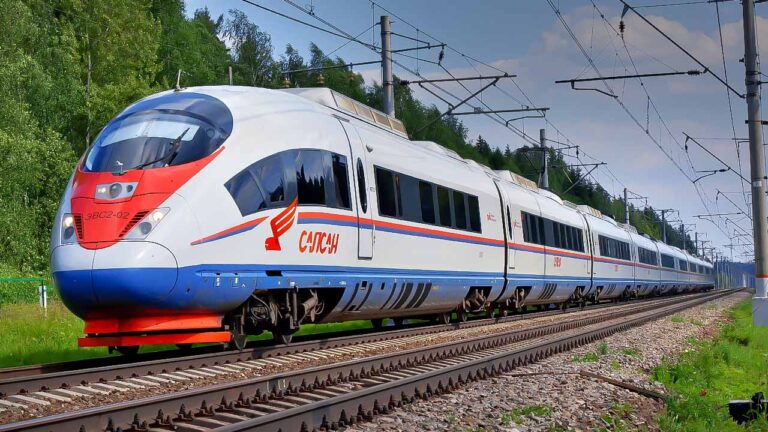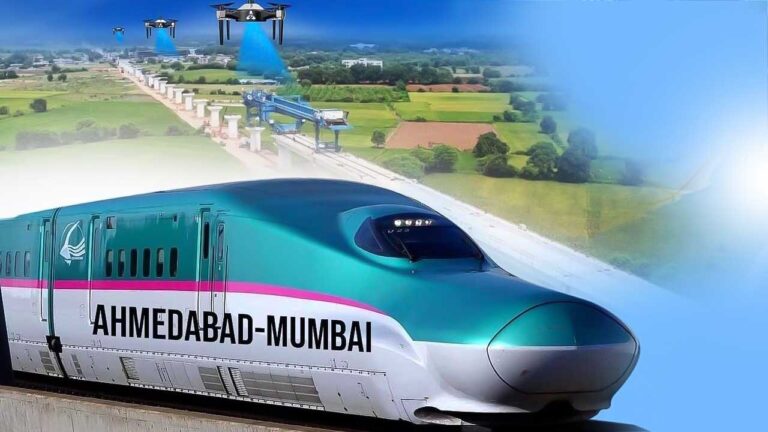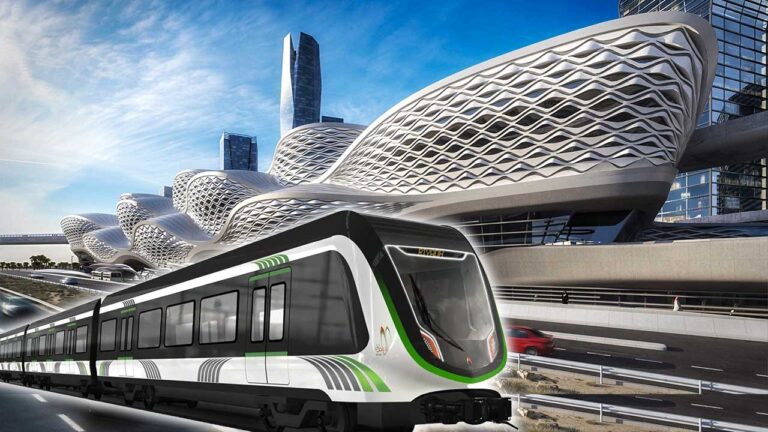Turin–Lyon High-Speed Railway Will Add Millions to the Europe’s Economy
France and Italy share a dynamic partnership, where trade, investment, and collaboration converge to create a tapestry of economic synergy. At the core of this alliance lies a robust exchange of goods and services. France and Italy are deeply intertwined in a trading partnership, with a volume surpassing €111 billion in 2022, solidifying their positions as each other’s second-largest trading partners on the global stage.
Beyond economic transactions, the partnership between France and Italy fosters collaboration across industries, creating synergies that drive growth and innovation. From automotive to aerospace, fashion to food, these nations complement each other’s strengths, propelling their economies forward.
To fortify these connections, both nations have committed to enhancing cross-border railway connectivity, allocating €26 billion for the endeavor. Even the imposing Mont Blanc, towering at 4,807 meters, will not impede this resolution.
The historical railways connectivity between France and Italy has played a pivotal role in fostering both transportation and cultural exchange over the years. One landmark event in this history occurred on September 17, 1871, with the inauguration of 13.7 Km long Frejus Tunnel, heralding a new era of interaction between the two nations. This engineering marvel, spanning beneath the Alps, provided a vital link connecting Rome and Paris via Turin and Chambery.
Also Read: Vietnam’s $65 BN North-South Express Railway
By 1872, Italy boasted approximately 7,000 Km of railways, with significant expansions. However, despite these historical milestones, there have been setbacks, such as the discontinuation of overnight train services from Paris to Rome and Venice by Italian railway Thello in 2013. Nonetheless, these historical rail connections have left an indelible mark, shaping travel and cultural ties between these two European nations.
Despite the implementation of such numerous projects, the current railway connections between the two nations have become outdated in the context of modern times. The tunnels along these railway lines are limited by their height, measuring only 4.3 meters, and can accommodate only a specific rail size.
Furthermore, the elevation of these railway lines stands at 1338 meters above sea level, necessitating the installation of 2 or 3 locomotives on trains passing through. Additionally, modern safety regulations prohibit passenger and freight trains from crossing paths within the Frejus rail tunnel.
The current railway connection linking France and Italy is also susceptible to landslides, which can result in disruptions requiring the transportation of passengers and cargo by air or road. Consequently, the volume of trucks utilized for transporting goods between the two nations rises to 3 million annually, posing environmental concerns alongside increased energy expenses.
Taking into account these challenges, in 1990, the French state-owned railway company SNCF put forward a proposal for constructing a high-speed rail line connecting Lyon and Turin. Merely a year later, nations surrounding the Alpine mountain range opted to limit road traffic through the mountains, prioritizing the advancement of cross-border railway connections in accordance with the Alpine Convention.
The new railway line features significant improvements over the existing infrastructure. With a maximum gradient of 12.5%, notably lower than the 30% gradient of the old line, and a reduced maximum altitude of 580 meters compared to 1338 meters, as well as wider curves, the new line will facilitate smoother transit. These enhancements will enable heavy freight trains to operate at speeds of up to 100 km/h and passenger trains to reach a maximum speed of 220 km/h, while also substantially decreasing energy consumption. Once completed, the higher-speed line will drastically reduce travel time for passengers, slashing the journey from Milan to Paris from seven hours to four, making it competitive with air travel for city-center to city-center journeys.
Under construction, the Turin–Lyon high-speed railway is an ambitious international project aimed at connecting the cities of Turin and Lyon. Spanning a length of 270 Km, it is designed to seamlessly integrate the Italian and French high-speed rail networks. A pivotal component of this initiative is its international section, traversing the Alps via the Mont d’Ambin Base Tunnel. With a remarkable length of 57.5 Km, this tunnel will claim the title of the world’s longest rail tunnel, surpassing the Switzerland’s 57.1 kilometers long Gotthard Base Tunnel. The 45 km section of this tunnel will be in France, while the remaining 12.5 km long section will be in Italy. It will have twin tubes with a diameter of 8.4 meter each. At intervals of every kilometer, the two tubes will be interlinked. Each tube will feature ventilation shafts plunging 500 meters deep, as well as passenger evacuation chambers, underground service and rescue stations, and comprehensive fire suppression and smoke extraction mechanisms.
The estimated total expenditure for the entire railway line stands at €26 billion, with €8.6 billion earmarked for the construction of the Mont d’Ambin base tunnel. The financing of the tunnel will be a collaborative effort, with the European Union contributing 40% of the cost, while Italy and France will cover 35% and 25%, respectively. The remaining €17.4 billion required for the French and Italian sections of the project will be financed by their respective governments. Of this, €8 billion is allocated for the international segment, which is currently the only part of the project in progress.
The Turin–Lyon high-speed railway project is divided into three distinct sections, each overseen by separate management entities. The French section, stretching from Saint-Jean-de-Maurienne to the outskirts of Lyon, falls under the purview of SNCF Reseau.
Meanwhile, the Italian segment, spanning from Bussoleno in the Susa Valley to Torino, is managed by RFI. The international portion, encompassing the critical Mont d’Ambin Base Tunnel and extending to Bussoleno, is jointly managed by Tunnel Euralpin Lyon Turin, a collaborative venture between RFI and SNCF.
The planned French section of the new railway line is designed to accommodate separate paths for both passengers and freight, offering enhanced efficiency and safety between Lyon and the Maurienne valley. For passenger transportation, the line will seamlessly connect the LGV Sud-Est and the central Lyon stations to destinations in Italy and Chambery. This integration is expected to significantly reduce travel time from Paris or Lyon to Aix-les-Bains or Chambery by almost 45 minutes, and nearly an hour to Annecy. Moreover, the line’s implementation is envisioned to alleviate congestion on the Lyon–Grenoble line, thereby creating more opportunities for additional local train services.
Also Read: The Mumbai–Ahmedabad High-Speed Rail Corridor
On the freight front, the line will originate from a connection to the future Lyon rail freight bypass through a tunnel beneath the Chartreuse Mountains. Initially, this tunnel will consist of a single track, with plans for eventual expansion to two 23 Km -long tubes. The creation of this dedicated freight line will redirect freight traffic, mitigating the risk of environmental contamination from potential freight accidents along the existing line.
In August 2011, the Italian government finalized the route for the Italian section of the railway line, following extensive consultations conducted between 2006 and 2011. Within the Susa Valley, the newly selected route diverges from the previous plan along the left bank of the Dora Riparia. This adjustment involves additional tunneling to circumvent strong opposition to the initial path. The previous route would have necessitated the construction of a viaduct in Venaus and a tunnel in Bussoleno.
The international segment of the Lyon–Turin railway line spans approximately 70 Km. It represents the sole section of the line where significant construction activities have commenced. At the heart of this endeavor lies the Mont d’Ambin base tunnel, extending over 57.5 Km, excavated beneath the Mont d’Ambin, serving as the principal engineering feat of the forthcoming Turin–Lyon line.
The implementation of this rail project will significantly enhance transportation speed and rail capacity between France and Italy. Whereas the current capacity allows for trains of up to 700 tons, the upgraded infrastructure will accommodate trains weighing up to 1,500 tons. Additionally, advancements in technology are expected to yield a remarkable 40% reduction in energy consumption, further enhancing the efficiency and sustainability of the transportation network.
Recent developments have brought both excitement and challenges to the endeavor. The Italian Parliament’s recent motion to reassess the project has introduced the potential for additional delays, raising questions about the future timeline and implementation strategies. However, amidst these deliberations, there is anticipation as the drilling of the Mont d’Ambin Base Tunnel, the central component of the project, is poised to commence soon. This tunnel, a crucial aspect of the railway’s infrastructure, symbolizes the monumental effort and ingenuity required to span the majestic Alps.

